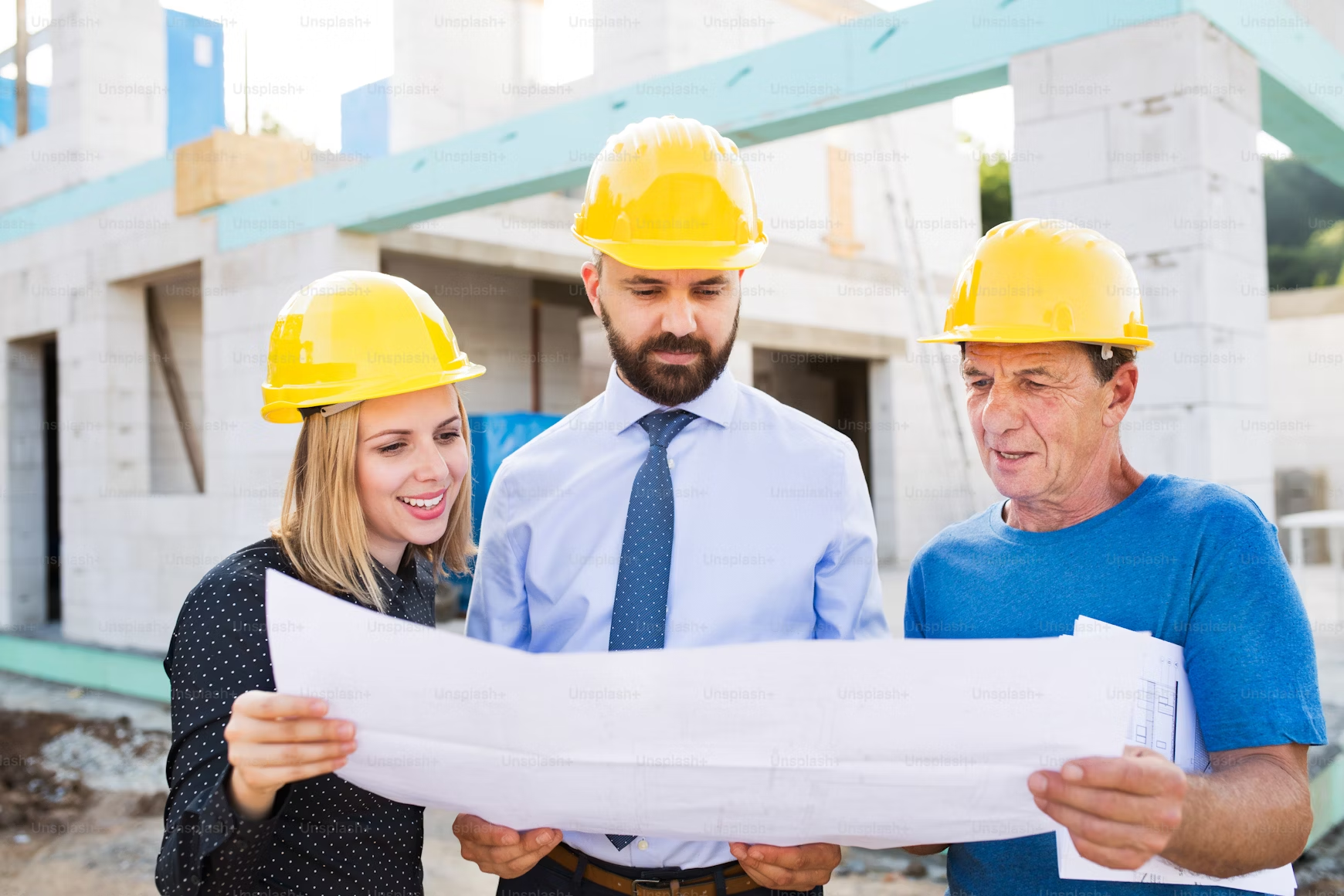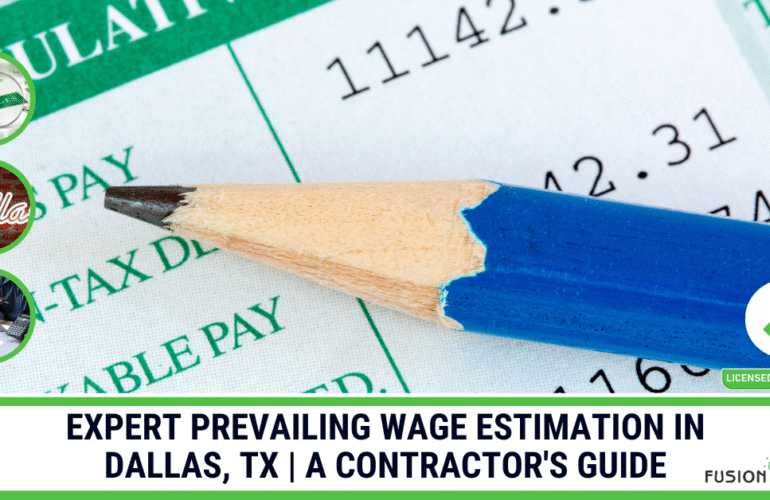Introduction
Accurate cost estimation is one of the most critical components of any construction project.
Whether you’re working on a residential building, a commercial property, or an infrastructure
project, the ability to predict costs effectively can make or break the project. Cost overruns are a
common issue in the construction industry, often leading to delays, budget issues, and even
project failure. In this blog, we will explore why cost estimation is so important, the different
methods of cost estimation, and how technology can help improve accuracy.
The Role of Cost Estimation in Construction Projects
Cost estimation in construction is the process of forecasting the costs required to complete a
project, including materials, labor, equipment, and overhead. It is typically done at the beginning
of the project and is used as the foundation for the budget. Without accurate cost estimates, a
construction company could find itself underfunded, causing delays and financial strain.
1. Budgeting and Financial Planning
The primary purpose of cost estimation is to establish a project’s budget. Accurate estimates help
stakeholders understand the financial scope of the project before it begins. This ensures that
sufficient resources are allocated, and the financial risk of the project is minimized. A wellprepared budget enables project managers to make informed decisions about resource allocation,
timelines, and material procurement.
2. Risk Management
Accurate cost estimation plays a crucial role in managing risks. Without a clear understanding of
the potential costs involved, unforeseen expenses can arise that may derail the entire project. For
example, underestimating material costs or labor requirements can cause significant delays. By
factoring in possible risks, construction professionals can prepare contingencies to handle
unexpected situations.
3. Time Management and Scheduling
Cost estimation is also closely linked to time management. A detailed estimate helps create a
realistic timeline for project completion. It takes into account the time required for materials to
be delivered, labor to be scheduled, and machinery to be set up. Without accurate time estimates,
a project may experience delays, leading to increased costs and dissatisfied clients.
Methods of Cost Estimation in Construction
There are various methods for estimating construction costs, and each has its advantages and
disadvantages depending on the project type, size, and stage.
1. Preliminary Estimates
Preliminary estimates are often used in the early stages of a project when detailed information is
not yet available. These estimates are based on historical data and are used for initial budgeting
and feasibility analysis. They provide a rough idea of the project’s cost, but they are less reliable than more detailed estimates.
2. Unit Cost Method
The unit cost method is commonly used in construction projects where specific quantities and
costs are known. For example, if a project requires 1,000 square feet of flooring, the cost can be
calculated based on the price per square foot. This method is often used in residential and
commercial construction where material quantities are predictable.
3. Detailed Estimates
Detailed estimates involve a comprehensive analysis of every aspect of the project. This includes
measuring the quantities of materials, labor hours, equipment, and other direct and indirect costs.
Detailed estimates are more time-consuming but are typically more accurate and provide a clear
picture of the total project cost.
4. Analogous Estimating
Analogous estimating involves using data from similar past projects to predict the cost of a new
project. This method is based on historical information and is useful when little data is available
for the current project. While it is faster, it may not be as accurate as other methods because it
relies on general assumptions.
5. Parametric Estimating
Parametric estimating uses statistical data to predict the cost based on specific parameters, such
as square footage or the number of rooms in a building. This method relies on historical data and
mathematical models to calculate costs, providing a good balance between speed and accuracy.
How Technology is Improving Cost Estimation Accuracy
Advancements in technology have revolutionized the construction industry, particularly in the
area of cost estimation. The traditional methods of estimation often relied on manual calculations
and subjective judgment, but today, software and digital tools are making the process much more
accurate and efficient.
1. Estimation Software
Construction estimation software has become an indispensable tool for professionals in the
industry. Programs like ProEst, Buildertrend, and RSMeans provide pre-built databases with
pricing information, which can significantly reduce the time spent on calculations. These tools
allow estimators to input project details and quickly generate accurate cost estimates based on
current market rates.
2. Building Information Modeling (BIM)
Building Information Modeling (BIM) is an innovative technology that creates 3D models of a
construction project, allowing for more precise planning and cost estimation. BIM software
integrates various project components such as materials, labor, and timelines into one digital
model. This not only helps improve cost accuracy but also allows for better collaboration among
stakeholders.
3. Cloud-Based Solutions
Cloud-based estimation tools allow project teams to access cost data and updates in real time,
from anywhere in the world. This ensures that all parties involved in a project are working from
the most up-to-date information. Cloud-based solutions can also integrate with other project
management tools, streamlining the overall workflow and reducing the risk of errors.




